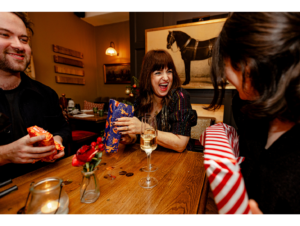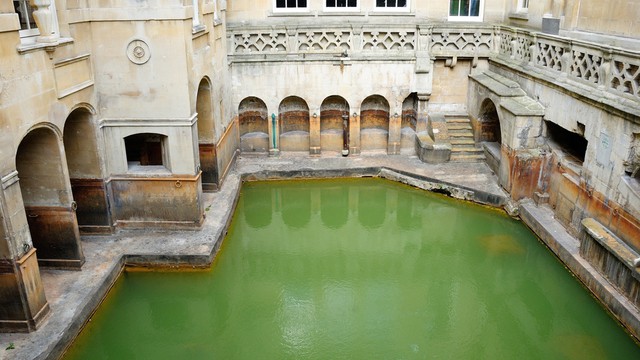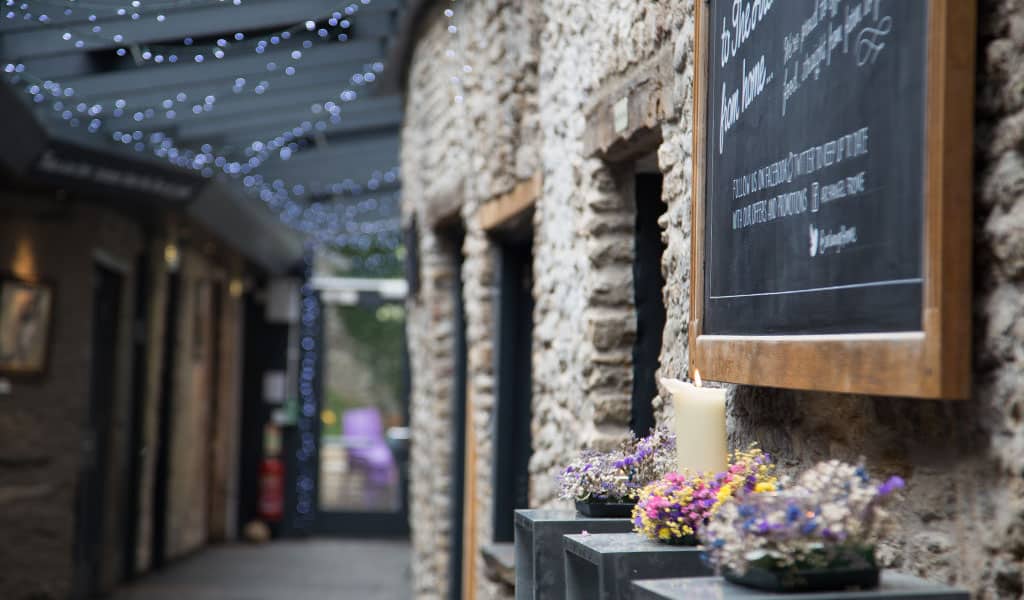History Of The Roman Baths
With history dating back 2,000 years, the Romans first built a religious temple on the site of the hot springs around 60-70AD. Over the next 300 years, they slowly developed the site into a public bathing complex made up of baths, saunas, plunge pools and heated rooms, which became known as Aquae Sulis.
Aquae Sulis became so popular that people from all over the country and even parts of Europe would travel to visit, but when the Romans left Britain in the 5th century, the Baths fell into disrepair due to flooding and neglect. It wasn’t until the late 19th century that the Baths were rediscovered, restored and opened to the public.
Now, the Baths are listed as a UNESCO World Heritage Site and are one of the most popular tourist attractions in the UK.












